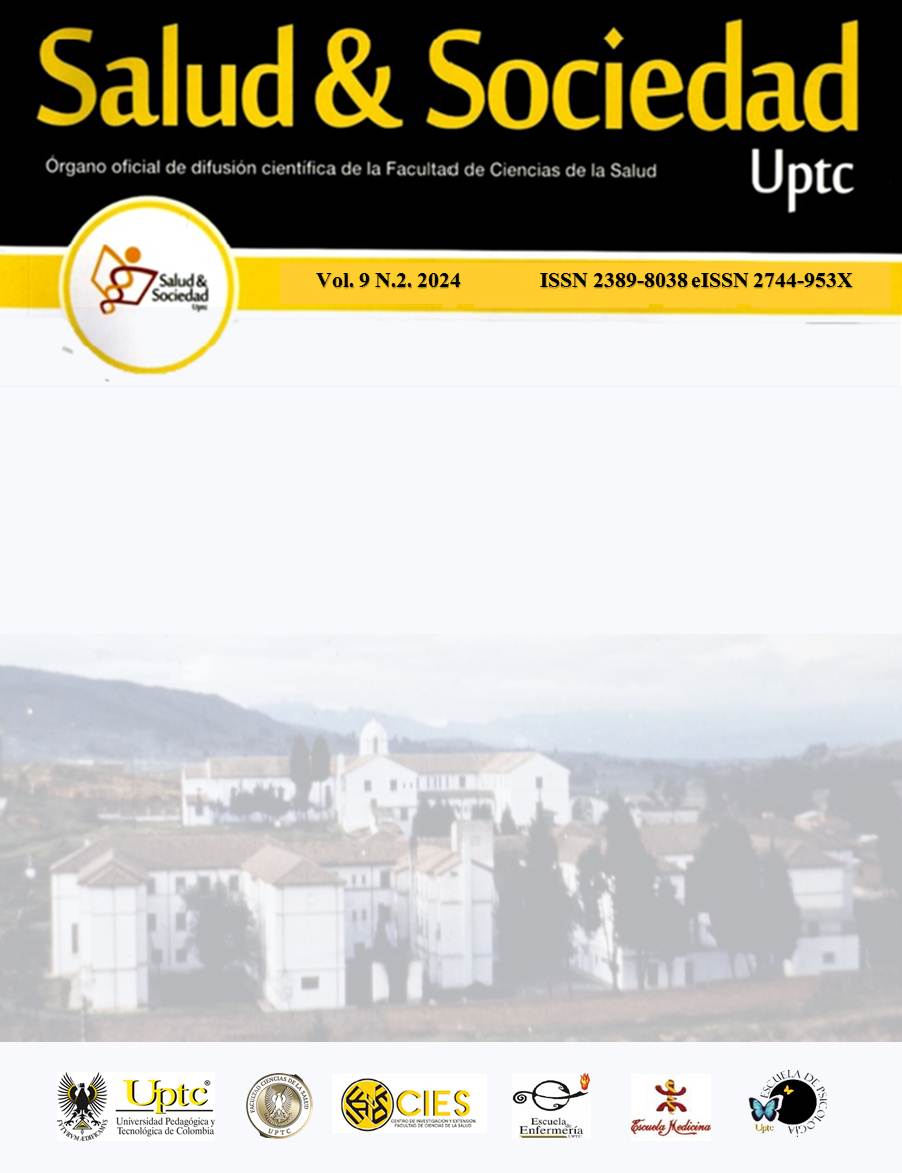Stroop effect in taste perception in university students

Abstract
Introduction: The Stroop effect has been investigated using different types of stimuli but there is scarce evidence of this effect in the interaction between gustatory and visual stimuli, so this research aims to identify whether visual stimuli (linguistic representations) interfere with taste perception in university students.
Materials and methods: Thirty-six university students from three-degree programs: psychology, engineering and bachelor's degree were individually evaluated. The perception of 4 taste stimuli (strawberry, peach, plum and orange) was measured with respect to 2 visual stimuli (words or anagrams) at 3 experimental levels: congruent, incongruent and control stimuli.
Results: Significant differences were found in the number of hits for the variables group, sex and profession (grade). Interference was lower in the control stimuli factor with respect to reaction time, while in the number of hits, interference was lower in the congruent stimuli; women obtained a higher number of hits and lower reaction time in the three experimental factors in contrast to men; non-significant differences were found with respect to profession.
Conclusions: The results show that crossmodal Stroop interference was lower at the level of control stimuli as participants required less time to identify these stimuli compared to when they were presented with the stimuli in congruency and incongruency conditions and that a larger sample size is required to generalize the results.
Keywords
Stroop effect, words, anagrams, taste perception, congruence
Author Biography
Diego Alejandro Ascencio Meneses
Psychology Student. Pedagogical and Technological University of Colombia.
Laura Nathaly Lara Pedraza
Psychology Student. Pedagogical and Technological University of Colombia.
Laura Vanessa Quintana Zotaquirá
Psychology Student. Pedagogical and Technological University of Colombia.
Loren Eliana Gordo Sosa
Psychology Student. Pedagogical and Technological University of Colombia.
References
- Driver J, Spence C. Multisensory perception: Beyond modularity and convergence. Curr Biol. 2000;10(20):731-735.
- Razumiejczyk E, Jáuregui M, Macbeth G. Interferencia stroop intermodal entre representaciones gustativas y auditivas. CES Psicología. 2012;5(2):25-39.
- Baddeley, Hich. Working Memory: the interface between memory and cognition. J Cogn Neurosci. 1992;4(3):281-288.
- Arteaga G, Pimienta H. MEMORIA OPERATIVA Y CIRCUITOS CORTICALES. Rev Fac Med Univ Nac Colomb. 2006;54(4):249-268.
- Fuentes A, Fresno M, Santander H, Valenzuela S, Gutierrez M, Miralles R. Sensopercepción Gustativa: una Revisión. Int J Odontostomatol. 2010;4(2):161-168.
- Jhonson M, Clydesdale F. La percepción de dulzura y del color rojo en soluciones de sacarosa coloreada. J Food Sci. 1982;(47):747-752.
- DuBose C, Cardello A, Maller O. Efectos de los colorantes y saborizantes en la identificación, intensidad del sabor percibido y en la calidad hedónica de bebidas con sabor a fruta y pastel. J Food Sci. 1980;(45):1393-1415.
- Razumiejczyk E, Macbeth G. Interferencia stroop intermodal entre representaciones gustativas y auditivas. CES Psicología. 2014;28(116):1-14.
- Regan J. Involuntary automatic processing in color- naming tasks. Percept Psychophys. 1978;(24):130-136.
- Dyer E. Interference and facilitation for color naming with separate bilateral presentations of the word and color. J Exp Psychol. 1973;(99):314-317.
- Kahneman D, Chajczyk D. Tests of the automaticity of reading: dilution of stroopeffects by color-irrelevant stimuli. J Exp Psychol Hum Percept Perform. 1983;(9):497-509.
- Presscott J, Johnstone V, Francis J. Odor-taste interactions: effects of attentional strategies during exposure. Chem Senses. 2004;(29):331-340
- Rolls E. Multisensory neuronal convergence of taste, somatosensoryty, visual, olfactory and auditory inputs. Handbook Multisensory Processes. 2004:311-331.
- White T, Prescott J. Chemosensory crossmodal stroop effects: congruent odors facilite taste identification. Chem Senses. 2007;(32):337-341.
- Wickens C. Multiple Resources and Mental Workload. Hum Factors. 2008 Jun;50(3):449-55. doi: 10.1518/001872008X288394. PMID: 18689052.
- Fodor J. The modularity of mind. MIT press; 1983.
- Ballesteros S. La atención selectiva modula el procesamiento de la información y la memoria implícita. Acción Psicol. 2014;11(1):7-20.
- Posner M, Boies S. Components of attention. Psychol Rev. 1971;78(5):391.
- Palencia M. Comparación de dos versiones del Test de Palabras y Colores Stroop. Universidad de Ciencias Empresariales y Sociales. 2020.
- Oseki H, Galina V, Aragon D, Florentino S, Miramontes YO. Fisiología del gusto. Oral. 2010;11(35):625-631.
- ICFES. SABER PRO Informe Nacional de Resultados 2016-2017. Colombia. 2018. (Citado 30 de mayo de 2024). Disponible en: https://revistas.uptc.edu.co/index.php/pensamiento_accion/article/view/7399/5802.
